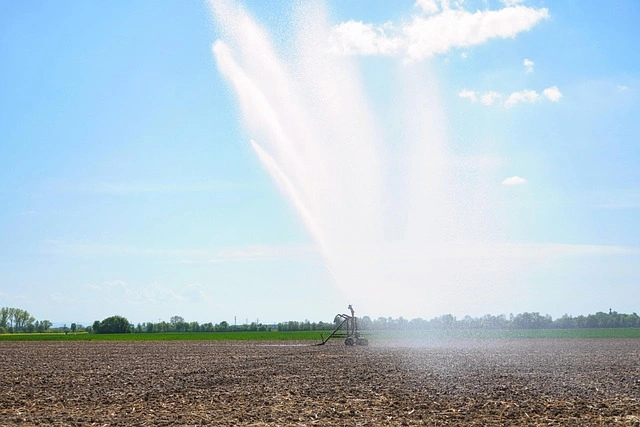Selecting the appropriate irrigation system is crucial for optimizing crop yields, conserving water, and ensuring efficient farm operations. This guide outlines key factors to consider and provides an overview of common irrigation systems to help you make an informed decision.
Factors to Consider When Choosing an Irrigation System
-
Soil Type: Understanding your soil’s texture and structure is essential, as it influences water infiltration and retention. For instance, sandy soils drain quickly and may require frequent, light irrigation, while clay soils retain water longer but are prone to waterlogging.
-
Water Availability: Assess the quantity and quality of your water source. Ensure the supply meets the demands of your crops throughout the growing season without depleting local water resources.
-
Crop Requirements: Different crops have varying water needs. High-value crops like vegetables and fruits often justify the investment in more precise irrigation systems, whereas staple grains might not.
-
Topography: The slope and layout of your land affect water distribution. Steep terrains may benefit from drip irrigation to prevent runoff, while flat areas might be suitable for surface irrigation methods.
-
Climate: Local weather patterns, including rainfall and evaporation rates, influence irrigation frequency and type. In arid regions, systems that minimize evaporation losses, such as drip irrigation, are advantageous.
-
Economic Considerations: Evaluate both the initial investment and ongoing operational costs. While advanced systems like center pivots offer efficiency, they require significant capital, which should be weighed against potential yield benefits.
Common Types of Irrigation Systems
-
Surface Irrigation: This traditional method involves distributing water over the soil surface, allowing it to infiltrate. It’s cost-effective but can lead to uneven water distribution and is less efficient on sandy soils.
-
Sprinkler Irrigation: Water is sprayed over crops using overhead systems. Hand-moved sprinklers are versatile and relatively inexpensive but labor-intensive. Center pivot systems automate the process, reducing labor but requiring higher initial investment.
-
Drip Irrigation: Delivers water directly to the plant root zone through a network of emitters. This method is highly efficient, reducing water waste and minimizing weed growth, making it ideal for high-value crops.
-
Subsurface Irrigation: Involves placing irrigation channels or emitters below the soil surface, directly supplying water to the root zone. This system reduces evaporation losses but requires precise installation and maintenance.
Case Example
In Georgia, USA, after a prolonged halt on new irrigation wells due to drought concerns, the state resumed accepting applications for new agricultural irrigation wells in April 2025. This decision, following a favorable U.S. Supreme Court ruling, allows farmers to enhance crop productivity and land value by investing in efficient irrigation systems, despite potential drought restrictions.
Conclusion
Choosing the right irrigation system involves a comprehensive assessment of your farm’s specific conditions, including soil, water availability, crop types, topography, climate, and economic factors. By carefully evaluating these aspects, you can select a system that maximizes efficiency, conserves resources, and boosts your farm’s profitability.

